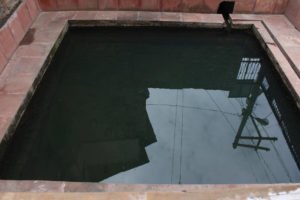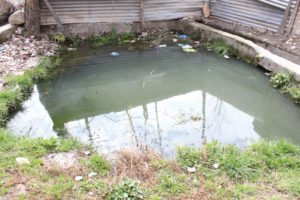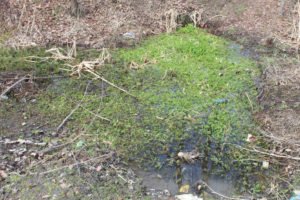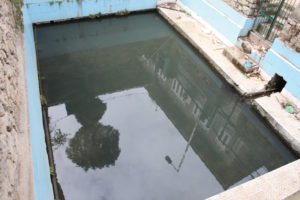Anantnag, the second largest district after Srinagar, is famous for the naturally existing springs. There were around 25 springs present in this sprawling town including Malak-nag, Gaj-nag, Hemal-nag, Soner Pokher-nag, Khosi-nag, Gratbal-nag, Mal-nag, Hatbal-nag, among others.
Besides providing clean water for daily requirements including drinking, bathing, washing utensils, ablution etc., the springs were also the places of social gathering.
Every spring contains ground water which sprouts out through naturally existing openings. Moreover, nature has bestowed these springs with some mineral qualities. The water of these springs remains warm in winter and cold in summer, thanks to geothermal effects. People also believed some of the springs even contain healing qualities for various ailments.
Encroachment, poor sanitation along the spring areas, heavy population growth and disposal of sewage is lending a fast death to the water bodies once regarded as treasures.
Also Read: GULA OF KASHMIR: TALES FROM THE SPRING OF VERINAG
“Most of the springs of Kashmir valley are concentrated in Islamabad district and the presence of Iron(Fe), Chromium(Cr) and microbiological parameters have exceeded the permissible limits suggested by WHO for drinking water. Poor sanitation system around the springs, lack of cleanliness of the springs’ ‘‘boxes, manure spreading and pasture lands were found to be main cause of microbiological contamination”, notes Ghulam Jeelani, Associate Professor, Department of Earth Sciences, University of Kashmir.
Moreover the study states, “In Anantnag, the surface water supplies are dwindling due to global warming, deforestation, large scale growth in population and settlement without commensurate improvement of infrastructure and civic amenities, the dependency on water from natural springs is increasing. Contrarily, the continuous deteriorating conditions of the water quality of these springs are threatening and may result in chronic waterborne diseases”.
All photos by Saqib Mir








Advertisement


